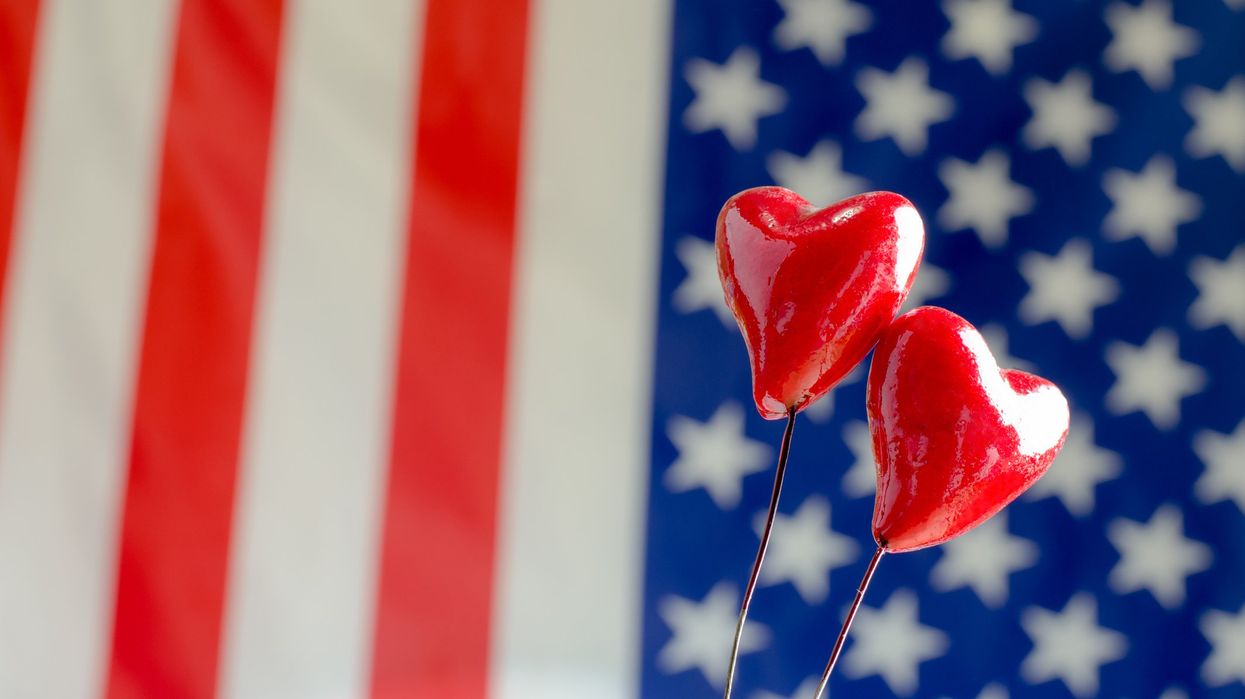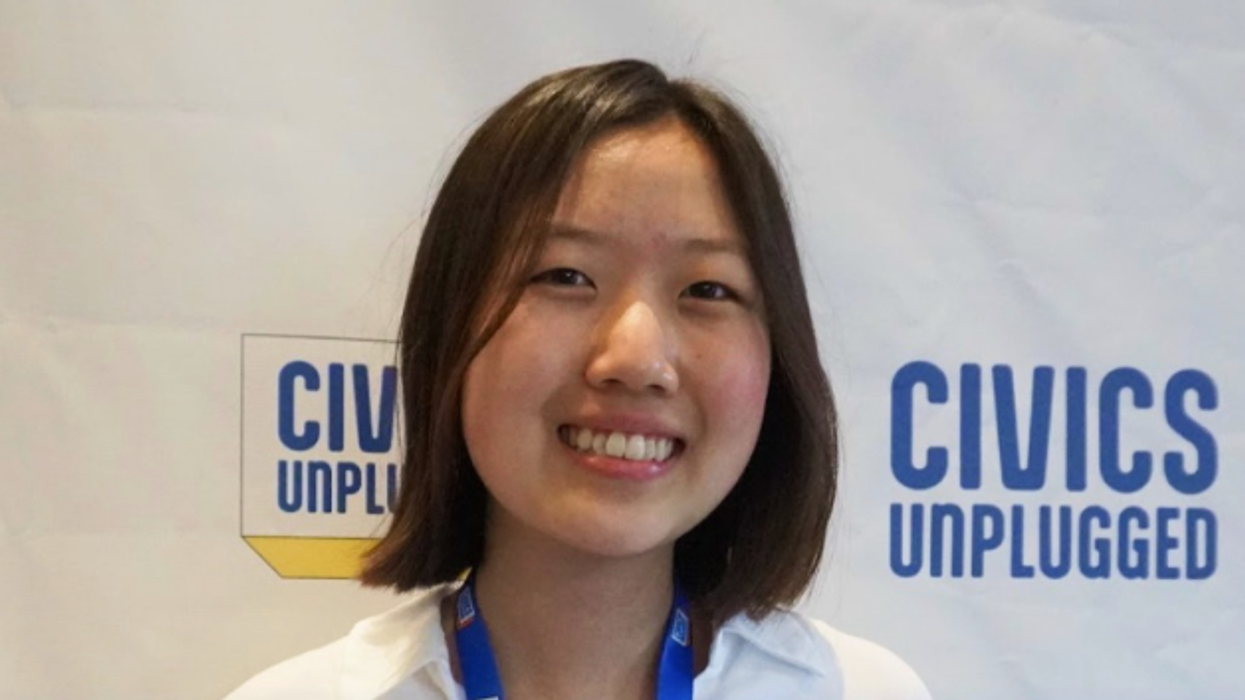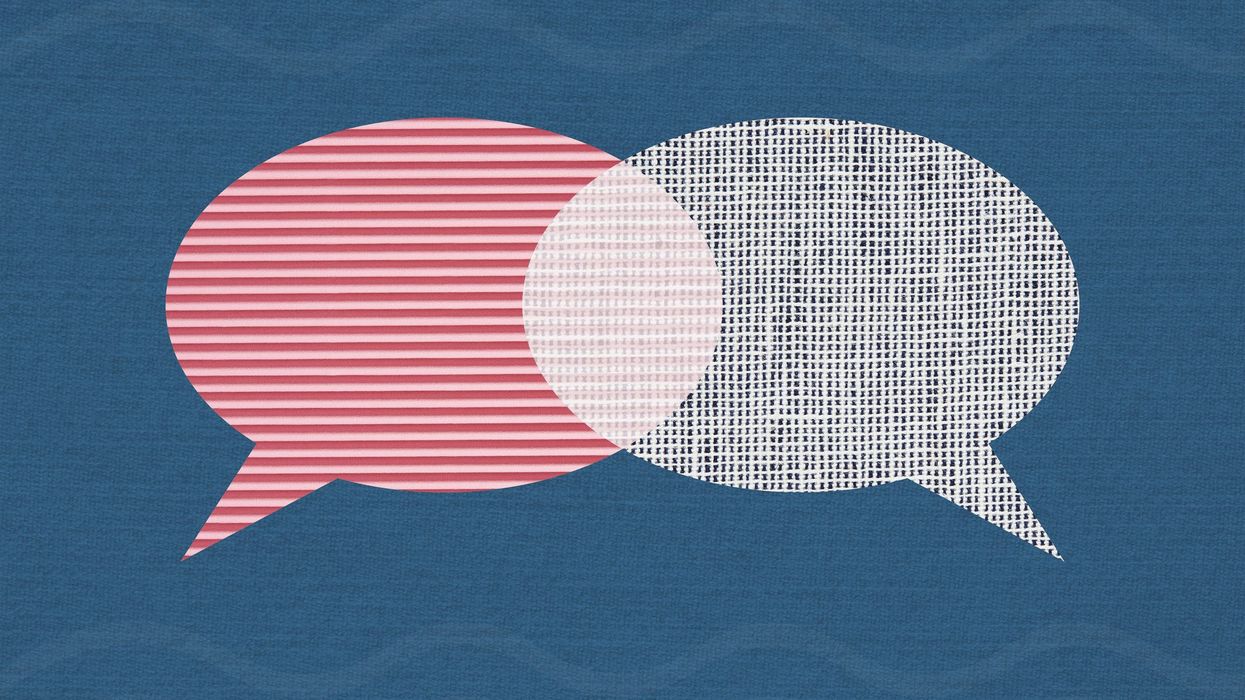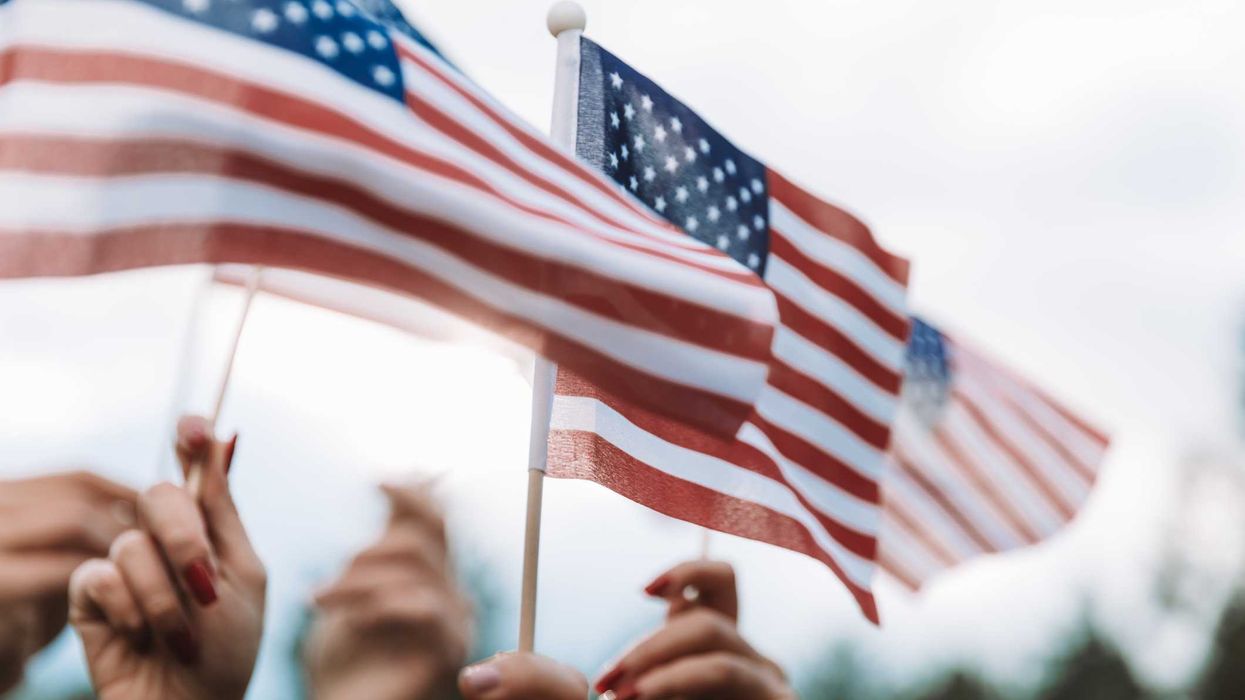New York Times Opinion Columnist David Brooks recently published a column with a title pointing to “ Trump’s Single Stroke of Genius.” This immediately caught our attention. Brooks is not a great fan of President Trump, to say the least, yet, he conceded that the administration exudes relentless energy, noting “I don’t know which cliché to throw at you, but it is flooding the zone, firing on all cylinders, moving rapidly on all fronts at once. It is operating at a tremendous tempo, taking the initiative in one sphere after another.”
Even the staunchest of Trump critics would agree that the constant stream of executive orders, social media comments, and reversals is dizzying, making it almost impossible for those impacted to respond effectively.
But beyond the sheer volume lies a deeper concern, one that is putting so many of us on edge. It is that sense that there is no moral grounding behind all the activity — no respect for what has set America apart from the rest of the world for generations. A sense that our nation is losing its moral compass.
One is left to wonder if the institutions that we have come to respect mean anything anymore. As we survey the political landscape, it seems like the politics in America has been turned upside down. Longstanding conservative reverence for American institutions has collapsed under the weight of MAGA populism. It wasn’t too long ago that conservatives criticized progressives for having no respect for the great institutions that they believed made America great. Conservatives often argued that, in their efforts to create a more open and inclusive America, progressives showed too little respect for the foundational principles that made the nation great — focusing too much on America’s flaws and failing to appreciate its enduring strengths.
Today, the MAGA right is falling into the same trap as progressives, failing to realize that America can be great despite many deep flaws that need to be corrected. Greatness and the need for improvement are not mutually exclusive.
In trying to remake America in their own image, Trump and his allies risk discarding what already makes this country exceptional. They are, as the saying goes, throwing the baby out with the bathwater — trampling flawed but vital institutions that have upheld America’s democratic experiment for generations. In doing so, the Trump administration runs the risk of destroying the moral fabric of what made America great in the past and what makes America great today.
Brooks writes, “Trump’s behavior has aroused great moral indignation. It has aroused in people’s hearts a sense that something sacred is being trampled here.”
That rings true to me. As a child of the 60s, I began each day pledging allegiance to the flag, believing in the promise of a nation “with liberty and justice for all."
We were taught that there was something special about the moral fabric of America that set us apart. We were taught that America was a land of opportunity and a beacon of freedom and innovation.
Of course, the reality was more complicated. Not everyone had equal access to the American dream. Antisemitism and racism persisted — and still do today. The idealized America taught to many of us growing up, a dream of equitable opportunities, has never been realized.
But the dream endured because it was aspirational. It called us to do better. Many on the left once lost sight of that and rejected the country wholesale instead of reforming it. Consequently, conservatives felt something sacred was being trampled on by those who just wanted to make America better, those who wanted America to finally live into the words of life, liberty, and the pursuit of happiness for all.
Today, the MAGA movement is making a serious mistake. Trump and his administration are going after one group of people or one institution after another in their attempt to make America great again with little respect for the established institutions. Whether it is the FBI, or foreign aid, or universities, or the rule of law, there seems to be no respect for any of what made and makes America great.
The words emblazoned on the Statue of Liberty seemingly mean nothing:
“Give me your tired, your poor, Your huddled masses yearning to breathe free, The wretched refuse of your teeming shore. Send these, the homeless, tempest-tossed to me, I lift my lamp beside the golden door! ”
But here’s what we must remember: Two things can be true at once. We can believe in secure borders and also treat migrants humanely. We can reform trade policy without rejecting global cooperation. We can value merit and also fight for diversity, equity, and inclusion.
And the list goes on and on.
We can and should address all the issues that Trump is attempting to address and, simultaneously, remain focused on America’s unique moral place in the world. We must clearly understand and distinguish right from wrong to then act or make decisions in alignment with our inalienable ethical principles. Making America Great Again or Keeping America Great, whatever term you choose to use, will only happen if “We the People” have a strong sense of integrity that is combined with decisiveness as we navigate through the great problems facing our nations and the world. There are many complex moral or ethical questions that must not be ignored in our desire for expediency and quick fixes. America’s strength has never come from choosing between ideals — it comes from holding them in tension and striving to honor them all. Our greatness lies not in force or dominance but in moral clarity, democratic resilience, and compassion.
We are living in challenging times that require us to make challenging decisions. Yet, there is only one path forward for us to succeed as a nation. For us to succeed we must stay true to our core values. We must have the courage to stand up for democracy, for the rule of law, for intellectual freedom, and for justice, which are deeply woven into the fabric of our nation's ideals and values. We must have compassion, reflecting the belief that caring for one another strengthens communities and fosters unity on an equal footing with solving problems.
Compassion is much more than just a moral virtue. It is the fabric of what our nation has been and must be. Without compassion, America will never be great.
Kristina Becvar is co-publisher of The Fulcrum and executive director of the Bridge Alliance Education Fund.
David Nevins is co-publisher of The Fulcrum and co-founder and board chairman of the Bridge Alliance Education Fund.

















